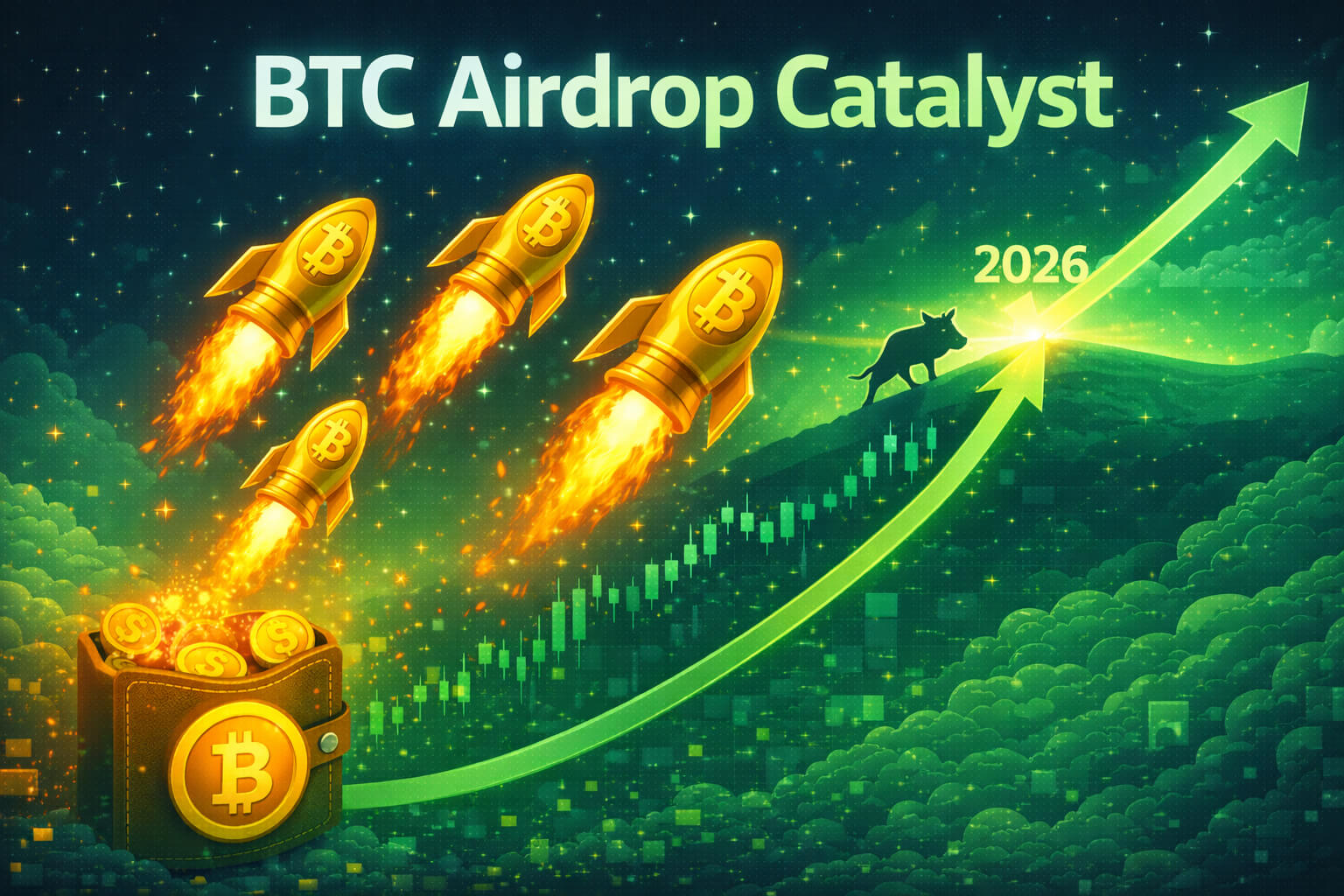In the world of cryptocurrency, airdrops refer to the distribution of free tokens to holders of a specific blockchain or to users who meet certain criteria. Projects often use airdrops as a marketing strategy to promote awareness, boost community engagement, or reward early adopters.
For investors, receiving an unexpected airdrop can feel like a windfall, but it also raises an important question: Should you hold onto these tokens for the long term or sell them right away?
The answer isn’t always clear-cut. Let’s break down how airdrops can influence the decision to hold or sell tokens and explore the long-term impact on market behavior.
1. The Immediate Response: Sell-Off Pressure
One of the most common reactions to receiving airdropped tokens is to sell them immediately. This response is often driven by several factors:
- Lack of Loyalty to the Project: Investors who receive airdropped tokens often don’t have a strong attachment to the project, especially if they didn’t actively invest in it. As a result, they may sell the tokens quickly for short-term profits.
- Market Liquidity: When tokens are airdropped in large quantities, it can create an oversupply in the market, leading to a price drop as recipients sell their tokens. This phenomenon is known as airdropped token dumping, and it can result in significant sell pressure.
- Fear of Token Devaluation: Investors may worry that if they don’t sell quickly, the token’s price will drop due to the influx of supply. This can lead to a race to sell off tokens as soon as they hit wallets.
For instance, data from past airdrops like Uniswap’s UNI airdrop in 2020 showed a short-term sell-off, but over time, many who held their tokens saw substantial gains as the project grew.
2. The Case for Holding Airdropped Tokens Long-Term
Despite the tendency for immediate sell-offs, there’s a compelling argument for holding airdropped tokens in the long term. Here’s why:
a. Potential for Value Growth
Many airdropped tokens are part of emerging projects that are still in their early stages. As these projects mature and gain adoption, the value of the token can increase significantly. For example:
- UNI Token: While many sold their airdropped UNI tokens immediately, those who held on saw its value skyrocket by over 1,000% within a year as Uniswap solidified its place as a leading decentralized exchange.
- Optimism (OP) Airdrop: Investors who received OP tokens during the airdrop in 2022 saw early sell pressure, but the project’s continued development has encouraged long-term holders to stay invested.
b. Staking and Governance Benefits
Some projects offer staking rewards or governance rights to token holders, incentivizing long-term holding. For instance:
- Staking Rewards: Holders of airdropped tokens in proof-of-stake networks can often stake their tokens to earn additional rewards. This encourages investors to lock up their tokens rather than selling them immediately.
- Governance: Certain tokens grant holders voting rights in the project’s governance. Long-term holders may have a say in the future direction of the project, which can be a motivating factor to keep tokens rather than sell.
c. Community Engagement and Future Airdrops
In some cases, holding tokens can make investors eligible for future airdrops or exclusive benefits. Projects often reward loyal community members with more tokens or unique opportunities, creating an incentive to hold rather than sell.
For example, ENS (Ethereum Name Service) offered additional rewards to holders of their airdropped tokens, further encouraging long-term holding and deeper community involvement.
3. Factors Influencing the Decision to Hold or Sell Airdropped Tokens
When deciding whether to hold or sell airdropped tokens, several key factors come into play:
a. Market Sentiment
If the broader cryptocurrency market is bullish, investors might be more inclined to hold onto their airdropped tokens, hoping they will increase in value. Conversely, in a bear market, investors may opt to sell quickly to secure liquidity.
b. Project Viability
The perceived long-term viability of the project plays a significant role in holding decisions. If the project has a strong development team, clear use case, and community support, investors may be more likely to hold their tokens.
c. Airdrop Size
Larger airdrops, especially those that distribute tokens to a wide audience, tend to experience more selling pressure due to the sheer volume of tokens entering the market. Smaller, more targeted airdrops might see fewer sell-offs, as recipients are more likely to be interested in the project.
d. Lock-Up Periods
Some airdrops come with lock-up periods, meaning recipients cannot sell their tokens for a specified time. This strategy helps prevent immediate sell-offs and encourages long-term holding.

4. Long-Term Impact of Airdrops on Token Ecosystems
While short-term sell-offs are common following airdrops, the long-term impact of these token distributions can be positive for projects that manage them well. Here’s how:
- Increased Awareness and Adoption: Airdrops can help spread awareness of a new project or platform, attracting more users and potential investors.
- Expanded Community: A successful airdrop can bring in a large and diverse group of holders, many of whom may become long-term supporters and advocates for the project.
- Liquidity and Market Activity: Airdrops can increase liquidity and overall market activity for a token, especially if recipients choose to trade or stake the tokens.
However, poorly executed airdrops can lead to overwhelming sell pressure, diluting the value of the token and harming its long-term prospects.
Conclusion: The Balancing Act of Holding vs. Selling Airdrops
The impact of airdrops on long-term token holding varies depending on market conditions, the nature of the project, and the recipient’s strategy. While many opt to sell airdropped tokens for quick profits, there are significant advantages to holding tokens long-term, especially if the project has strong fundamentals.
For projects, carefully planned airdrop strategies that include staking incentives, governance benefits, and lock-up periods can encourage long-term holding and foster a dedicated community.
Ultimately, the decision to hold or sell depends on individual investment goals, risk tolerance, and confidence in the project’s future.
Stay Updated:
For more insights and detailed guides on blockchain applications, visit our Cryptocurrency Comparisons Guides.
For the latest updates on airdrops and token strategies, follow us on:
Special Offer:
Looking to trade cryptocurrency like a pro? Sign up on Bybit today and take advantage of up to $30,000 in deposit bonuses. Bybit offers a secure and user-friendly platform for trading crypto.

















